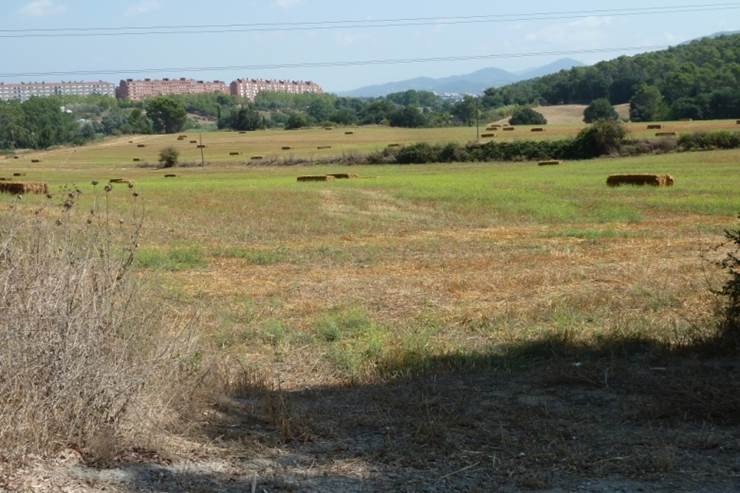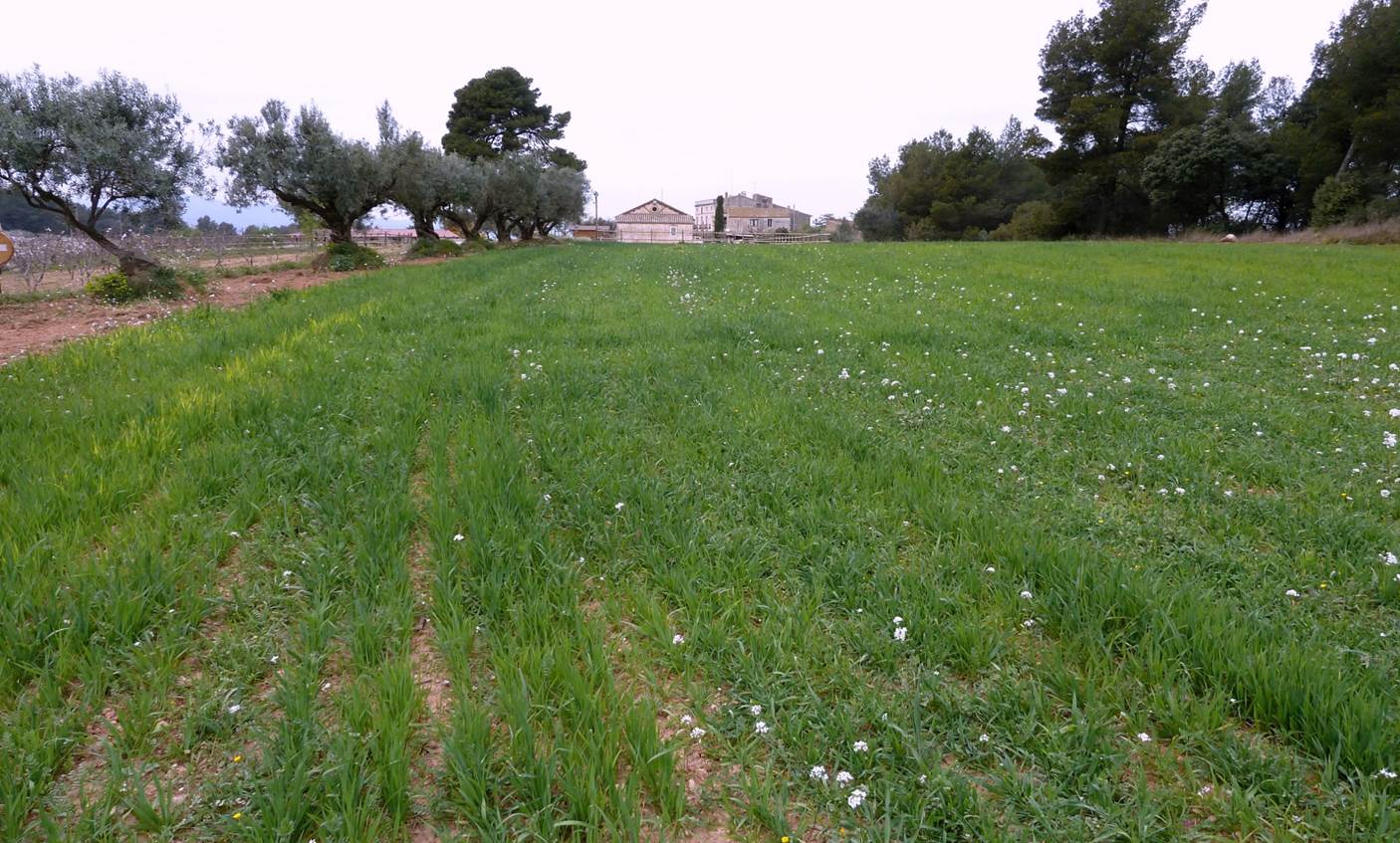Case Study
Promoting open spaces in a forest park as a means of increasing biodiversity
Contact name
Lluís Cabañeros
Institution name
Collserola Natural Park
Region & country
Catalonia - Spain
Summary
The loss of habitats diversity causes loss of biodiversity. Due to the expansion of forest, mainly because of abandonment of farming activities, some species depending on open spaces were declining. To counterbalance this situation, the Park is promoting several actions: the recovery of farming activities where this activity is doable and the maintenance of open spaces with the use of grazing animals (sheep and goats) after a first mechanical clearance.

Agricultural land in Collserola

Terrasses

Ecological crops
Background of the project
At the end of the XIX century, Collserola Natural Park was devoted to agricultural activities. Many hills of Collserola were covered with stone walls forming terraces for vineyards, carob trees, almond trees crops and other dry farming tree crops. However, with the arrival of the phylloxera epidemic that was hitting Europe, many vineyards crop fields were abandoned.
In addition, during last 50 years, the remaining owners have gradually abandoned farming activities because of the low productivity of the crops and the low profit obtained.
Today, the Park of Collserola is mainly covered by forest. This reduces open spaces and habitats diversity.
Open spaces, like agricultural fields, are key for maintaining high levels of biodiversity because a certain number of species are highly dependent on open spaces for shelter or forage, such as the European badger, the hoopoes, the common buzzard or the barn owl. Butterflies and other insects are also highly dependent on open spaces.
Therefore, more open spaces within the forest in order to increase habitats diversity and hence global biodiversity were needed.
Solution and actions taken
To consolidate existing farmland and promote the recovery of abandoned fields (dry farming) as a means of maintaining open spaces. Today, there is only 285 ha of active crops that are basically located at the periphery of the park, on the borders of the city. These are flat zones, with access to water. The aim is to reach at least 494 ha (6% of total area), which is the surface cropped in 1987.
To use herds of sheep and goats to maintain scattered open spaces within the forest.
The Park has defined an Agricultural Plan to promote the use of farmland. Some of the actions are:
- To put in contact landowners with active farmers from the park or from outside the park, that are willing to farm in the park;
- The park itself farms 20 hectares of public land;
- To require abandoned farms that open an economic activity (such as a Restaurant) to farm a portion of their land in order to get their permit;
- The creation of a quality brand issued by the Park;
- The promotion of herds of sheep and goats.
Other institutions or parties involved
- Land owners;
- Farmers;
- Catalan administration.
Results
- Farming is getting back due to the increase of Km0 products sells and to the increase of people preference for organic products.
Challenges
- The orography of the hills;
- The lack of water => dry farming (which is less productive and therefore, yields fewer economic benefits);
- Most agricultural land is classified as areas reserved for equipment and therefore owners expect to sell their lands for that and do not want to get involved in farming;
- The presence of certain species (wild boars, ringdoves) in disequilibrium (overpopulation) that causes damages to crops;
- Many of the issues that come along the way cannot be addressed properly because of the lack of competences of the Park. It is difficult to make people understand our limits.
Lessons learned
Even of the many difficulties to take forward this project, the compensation is high because of the good results.
Contact name
Lluís Cabañeros
Institution name
Collserola Natural Park